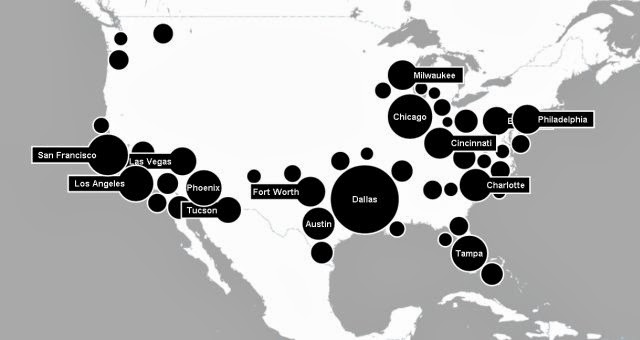Fine Tuning Brain Ensembles with Glial Overseers
Glia cells, named for the Greek word for "glue," hold the brain's neurons together and protect the cells that determine our thoughts and behaviors, but scientists have long puzzled over their prominence in the activities of the brain dedicated to learning and memory. Now Tel Aviv University researchers say that glia cells are central to the brain's plasticity — how the brain adapts, learns, and stores information.
...Almost all neurodegenerative diseases are glia-related pathologies, Prof. Ben-Jacob notes. In epileptic seizures, for example, the neurons' activity at one brain location propagates and overtakes the normal activity at other locations. This can happen when the glia cells fail to properly regulate synaptic transmission. Alternatively, when brain activity is low, glia cells boost transmissions of information, keeping the connections between neurons "alive." _aftau.org
To understand the brain, one must conceptualise multiple levels of activity occurring simultaneously. The level where glial cells influence neurons and synaptic output is a relatively low to mid-level, but a crucial one. Neuroscience has barely begun to understand this basic interaction between cell types, and is forced -- as in this study -- to use neurocomputational models in an attempt to expand the comprehension of this complex give and take.
The brain is constituted of two main types of cells: neurons and glia. Neurons fire off signals that dictate how we think and behave, using synapses to pass along the message from one neuron to another, explains De Pittà. Scientists theorize that memory and learning are dictated by synaptic activity because they are "plastic," with the ability to adapt to different stimuli.
But Ben-Jacob and colleagues suspected that glia cells were even more central to how the brain works. Glia cells are abundant in the brain's hippocampus and the cortex, the two parts of the brain that have the most control over the brain's ability to process information, learn and memorize. In fact, for every neuron cell, there are two to five glia cells. Taking into account previous experimental data, the researchers were able to build a model that could resolve the puzzle.
The brain is like a social network, says Prof. Ben-Jacob. Messages may originate with the neurons, which use the synapses as their delivery system, but the glia serve as an overall moderator, regulating which messages are sent on and when. These cells can either prompt the transfer of information, or slow activity if the synapses are becoming overactive. This makes the glia cells the guardians of our learning and memory processes, he notes, orchestrating the transmission of information for optimal brain function. _aftau.org
Synaptic plasticity is the capacity of a preexisting connection between two neurons to change in strength as a function of neuronal activity. Because it admittedly underlies learning and memory, the elucidation of its constituting mechanisms is of crucial importance in many aspects of normal and pathological brain function. Short-term presynaptic plasticity refers to changes occurring over short time scales (milliseconds to seconds) that are mediated by frequency-dependent modifications of the amount of neurotransmitter released by presynaptic stimulation. Recent experiments have reported that glial cells, especially hippocampal astrocytes, can modulate short-term plasticity, but the mechanism of such modulation is poorly understood. Here, we explore a plausible form of modulation of short-term plasticity by astrocytes using a biophysically realistic computational model. Our analysis indicates that astrocytes could simultaneously affect synaptic release in two ways. First, they either decrease or increase the overall synaptic release of neurotransmitter. Second, for stimuli that are delivered as pairs within short intervals, they systematically increase or decrease the synaptic response to the second one. Hence, our model suggests that astrocytes could transiently trigger switches between paired-pulse depression and facilitation. This property explains several challenging experimental observations and has a deep impact on our understanding of synaptic information transfer. _PLoSCompBio
Neuroscientists are forced to work with a variety of animal models, human brain imaging techniques, cell culture approaches, and computational models, in order to enlarge their understanding of the foundations of an incredibly complex, multi-layered, and time-dependent phenomenon -- consciousness. And at that, we are talking about the consciousness of lower animals.
PLoS article in full
Bonus link: Wim de Neys at U. Toulouse is attempting to clarify some of the insights that come from the work of Nobel Prize winner Daniel Kahneman. de Neys seems to want to place human intuition on a higher level than the one on which Kahneman's work suggests it belongs. Certainly humans are dependent upon their intuitions for most of the things they do and virtually all the choices they make. In the opinion of Al Fin cognitivists, such psychological research still suffers from the lack of a firm neuroscientific foundation.
Labels: brain networks, Glia, neurons

















